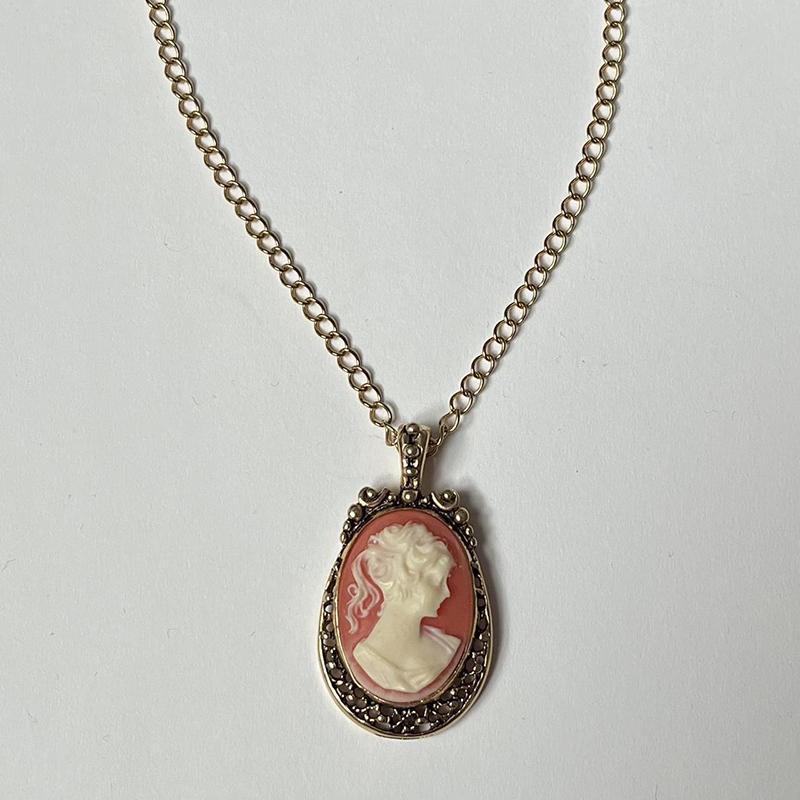Sustainability in the jewelry industry has shifted from a trend to a necessity, driven by growing consumer demand for ethical and environmentally friendly practices. As we head into 2024, several key movements are reshaping the industry, with brands increasingly focusing on lab-grown diamonds, recycled materials, and transparency throughout the supply chain. Below, we explore three top trends that are expected to lead the way.
1. Lab-Grown Diamonds: The Eco-Friendly Choice
Lab-grown diamonds have surged in popularity as consumers seek sustainable and affordable alternatives to mined diamonds. Produced in controlled laboratory environments, lab-grown diamonds mirror the beauty and physical properties of natural diamonds but avoid the environmental and ethical concerns tied to traditional mining.
Lab-grown diamonds are generally 30-40% less expensive than natural diamonds, attracting consumers who want high-quality stones without the ethical and environmental costs. According to industry studies, consumers especially millennials and Gen Z are increasingly interested in diamonds that reflect eco-friendly values, especially for engagement rings and significant jewelry purchases. By eliminating the need for mining, lab-grown diamonds contribute to reducing environmental degradation, making them a compelling option for sustainable jewelry

Several brands, like Pandora and Vrai, have embraced this shift, with Pandora committing to using only lab-grown diamonds in future collections. This trend is set to expand as technological advancements enhance the quality and accessibility of lab-grown stones, making them an integral part of the luxury and fine jewelry market.
2. Recycled and Reclaimed Metals: Reducing Environmental Impact
Recycled metals, including gold, silver, and platinum, are becoming key components in sustainable jewelry production. By sourcing materials from previously used items or industrial waste, brands can reduce the demand for mining, which significantly lowers the environmental footprint associated with new metal extraction. For example, the World Gold Council estimates that producing recycled gold requires about 90% less energy than mining new gold.
Many prominent jewelry brands, such as Tiffany & Co. and Chopard, have made commitments to use recycled metals in their collections. These companies highlight the use of recycled materials as part of their sustainability efforts, which appeals to eco-conscious consumers. Tiffany & Co., for example, reports the origins of its metals and aims to increase the use of traceable and responsible materials in its collections.
However, working with recycled metals presents certain challenges. Consistency and purity must be carefully managed, and extensive processing is required to ensure that recycled metals meet the quality standards of fine jewelry. Despite these hurdles, consumers have shown a strong preference for brands that disclose their use of recycled materials and provide information on their ethical sourcing practices.

3. Supply Chain Transparency: Building Consumer Trust
Transparency is now essential in sustainable jewelry. Consumers are increasingly concerned about where their jewelry comes from, and they expect brands to provide verifiable information about their sourcing practices. Ethical sourcing not only minimizes environmental harm but also ensures fair wages and safe working conditions for everyone involved in the supply chain, from miners to artisans.
Blockchain technology is emerging as a tool to improve traceability, allowing brands to document the journey of each piece from raw material to finished product. De Beers, for instance, has developed a blockchain-powered platform that tracks diamonds from mine to retail, offering consumers clear insight into the origins of their jewelry.

For brands, embracing supply chain transparency fosters trust and loyalty among consumers who prioritize ethical and sustainable practices. Beyond diamonds, the push for transparency is also expanding to other gemstones and metals, with companies exploring traceability solutions for all types of materials used in their products.
Conclusion: Embracing a Sustainable Future in Jewelry
The focus on sustainability is transforming the jewelry industry, with lab-grown diamonds, recycled metals, and transparent supply chains leading the change. As these practices become mainstream, brands that adopt and innovate in sustainable methods will attract a new generation of conscientious consumers.
In 2024, sustainable jewelry is expected to continue evolving as consumer expectations grow. Brands that prioritize ethical sourcing, eco-friendly production methods, and transparency will be well-positioned to meet the demand of the modern, eco-conscious buyer, helping drive the industry towards a more responsible and sustainable future.

